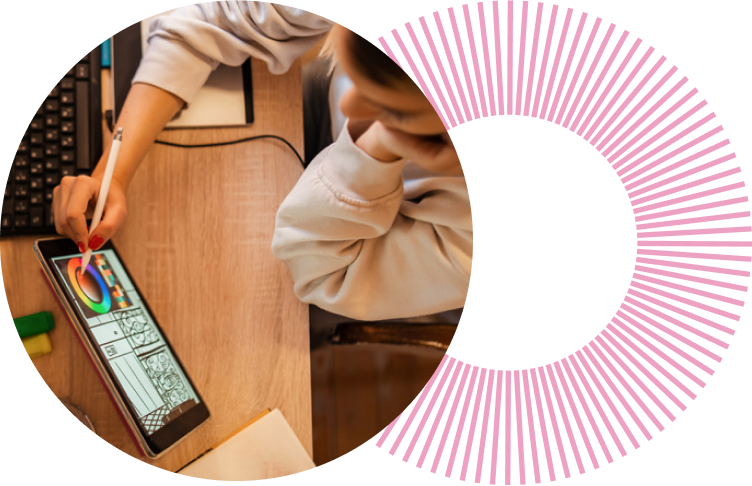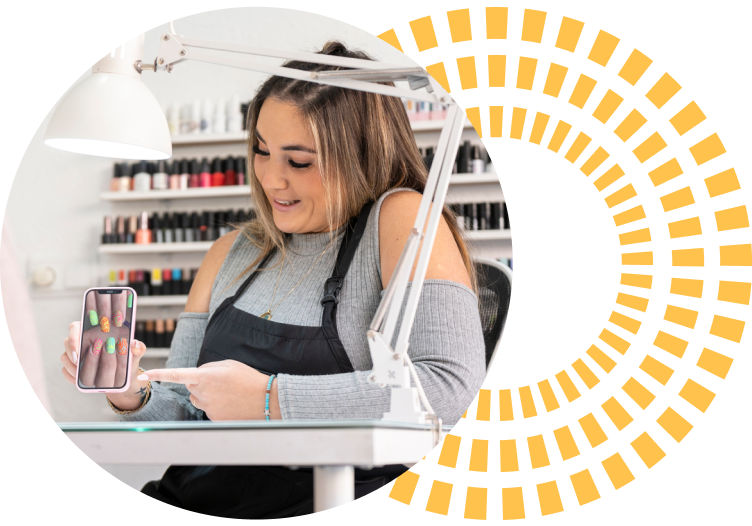Explore our comprehensive Industry Overviews and find your perfect match
Explore other industries and career paths
- Accounting & FInance
- Health & Community
- Business & Leadership
- Animal Care & Environment
- Design & Technology
- Education
- Beauty & Retail
- Trades









